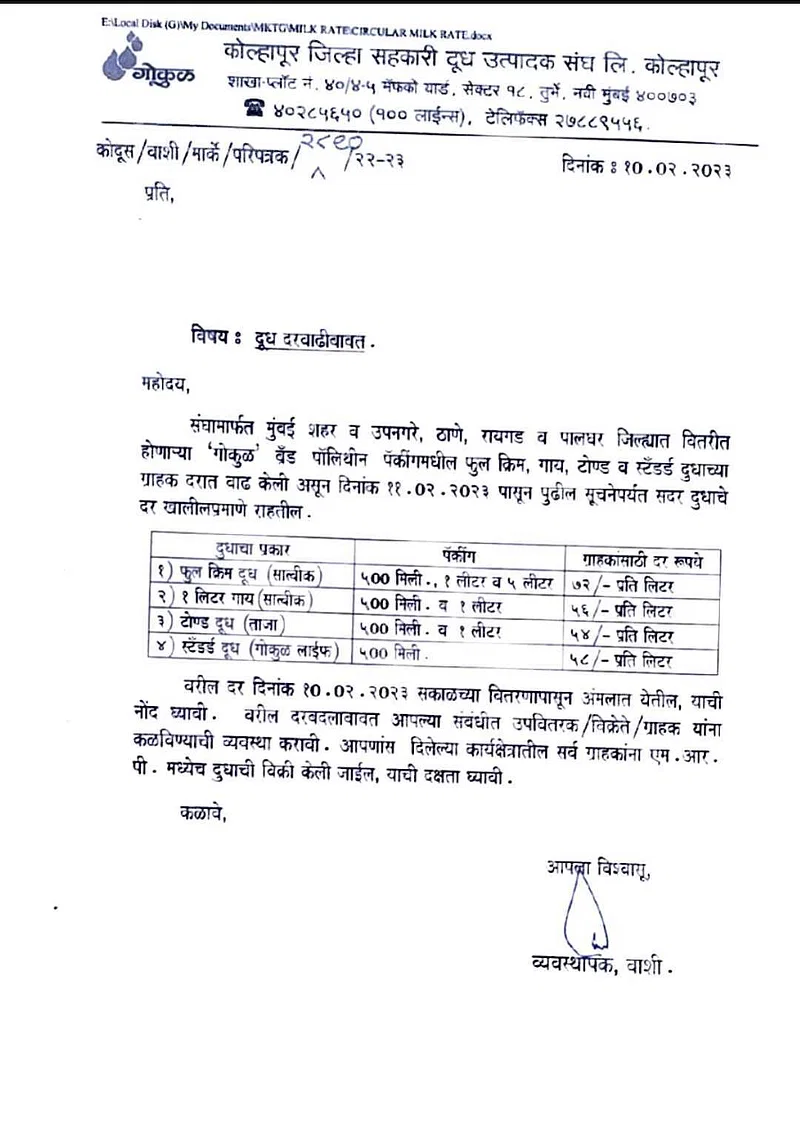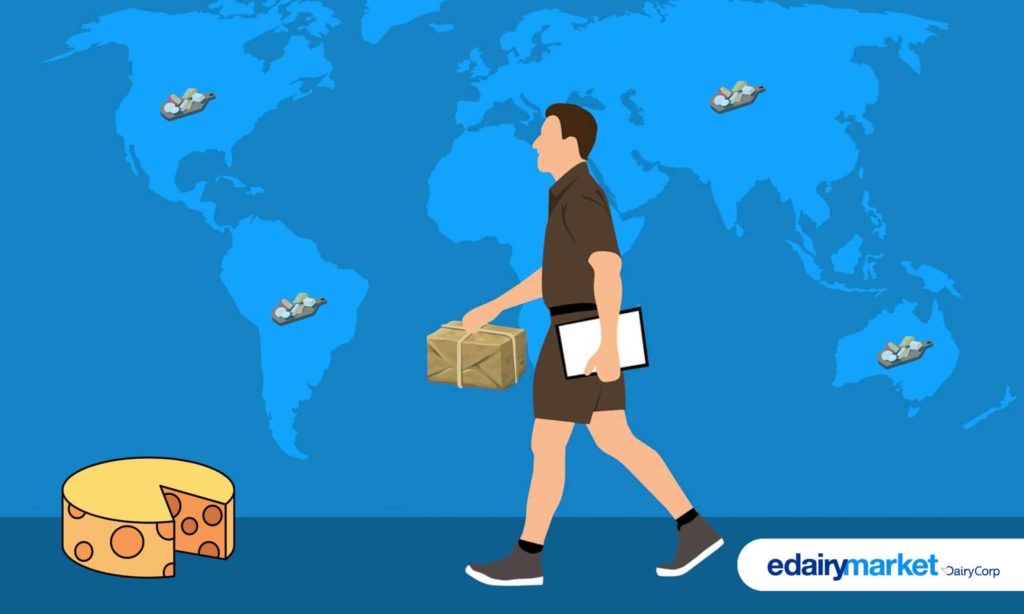
The brunt of rising inflation has furthered the dent in household budgets as Maharashtra’s largest dairy Gokul raised milk rates by Rs 2-4 per litre on February 10.
The price rise will be in effect from today, February 11 in Mumbai, Thane, Raigad and Palghar districts, the milk corporation said in their statement.
Gokul’s announcement came a week after Amul increased their prices by up to Rs 3 per litre on February 3.
According to the dairy brand, full cream milk which used to cost Rs 69 earlier will now be costing Rs 72 per litre in Mumbai. Meanwhile, the five-litre pouch retailing for bulk consumers will cost Rs 360.
Concurrently, the cow milk prices have fone up; it earlier retailed at Rs 54 and will now be sold at Rs 56 per litre. Meanwhile the toned milk’s prices have risen from Rs 52 to Rs 54 per litre.
Specialised milk sold by the dairy saw a four-rupee-raise; it’s revised cost is Rs 58.
Check the rates here

While the dairy’s rates in Pune are same as Mumbai but the rates differ in Kolhapur, which is also its home base. It sells Rs 2 to Rs 6 cheaper there.

















